







<
>
Plant protection machinery is a vital component of modern agriculture, aimed at safeguarding crops from pests, diseases, and weeds while minimizing environmental impact and maximizing yield potential. These machines automate and optimize the application of pesticides, herbicides, fungicides, and other crop protection products, ensuring effective pest and disease management while promoting sustainable farming practices. Here are key aspects and functions of plant protection machinery:
Sprayers: Sprayers are commonly used for applying pesticides, herbicides, and fungicides to crops. They come in various types, including boom sprayers, airblast sprayers, and mist sprayers, each suited for different crops, terrain, and application requirements. Sprayers utilize pumps and nozzles to deliver precise amounts of chemicals to target areas, ensuring thorough coverage and effective pest and disease control.
Dusters: Dusters are machines designed to apply powdered pesticides or fungicides to crops. They are particularly useful for treating crops with dense foliage or for controlling pests that are difficult to reach with liquid sprays. Dusters use fans or blowers to distribute the powdered chemicals evenly over the crop canopy, ensuring uniform coverage and effective pest management.
Foggers: Foggers, also known as fogging machines or misters, are used for applying insecticides, fungicides, and disinfectants in enclosed spaces or greenhouses. They generate a fine mist or fog of chemicals, which penetrates deep into plant foliage to target pests and pathogens hiding in hard-to-reach areas. Foggers are especially effective for controlling flying insects and airborne diseases.
Precision Application Technology: Precision application technology utilizes advanced sensors, GPS guidance systems, and variable rate control to optimize the application of crop protection products. These technologies enable farmers to target specific areas of the field with precise amounts of chemicals, minimizing waste and reducing environmental impact while maximizing efficacy.
Integrated Pest Management Equipment: IPM equipment integrates various pest control methods, including biological control, cultural practices, and chemical treatments, to manage pests and diseases sustainably. This may include equipment for monitoring pest populations, releasing beneficial insects, and implementing crop rotation or cover cropping strategies to suppress pest populations naturally.
Safety Features: Plant protection machinery is equipped with safety features to protect operators and the environment. This includes features such as enclosed cabs, protective clothing, chemical handling systems, and spill containment measures to minimize exposure to hazardous chemicals and reduce the risk of accidents.
Overall, plant protection machinery plays a critical role in modern agriculture by enabling farmers to manage pests, diseases, and weeds effectively while promoting sustainable and environmentally responsible farming practices. As technology continues to advance, plant protection machinery will likely become more sophisticated, incorporating features such as autonomous operation, remote monitoring, and decision support systems to further enhance efficiency, efficacy, and sustainability in crop protection.
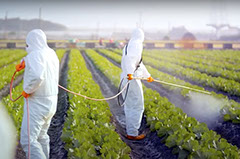
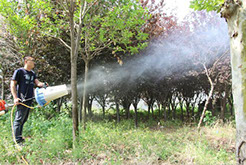
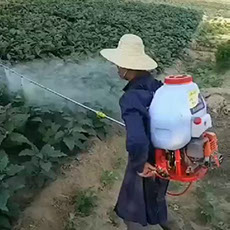
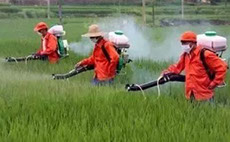
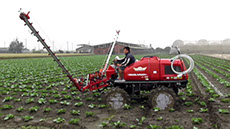
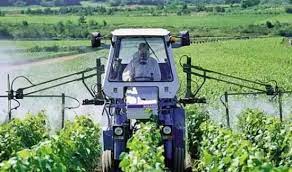
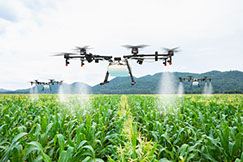
Information and picture sources:Internet search
URL: https://www.flickr.com/photos/teia/51389848151/ https://kknews.cc/agriculture/mnx8pzz.html https://read01.com/O3ogAjP.html https://kknews.cc/agriculture/ejlx6mn.html https://www.youtube.com/watch?v=4pGiHwYG2qA

Changhua County Ming Lun junior high school, Taiwan.
Ming Lun Junior High School 2024 Cyber Fair
